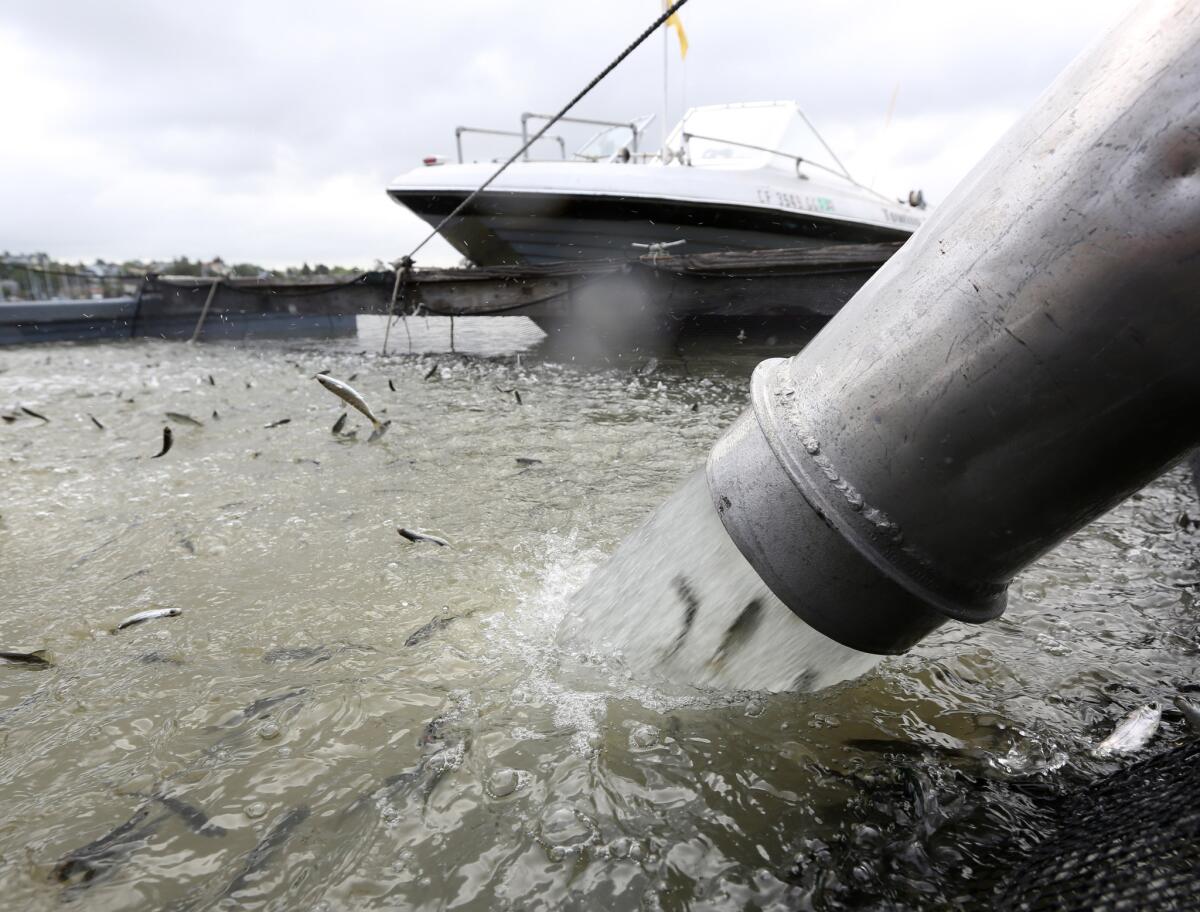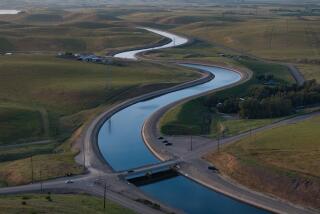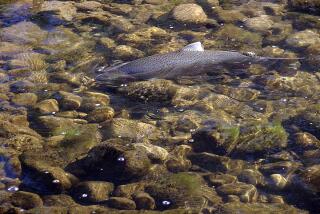Two state fish hatcheries evacuated amid drought, rising temperatures

For the first time, California wildlife officials are evacuating two hatcheries for rainbow trout, salmon and steelhead near Sacramento to save the fish from rising water temperatures brought on by prolonged drought.
The California Department of Fish and Wildlife is moving rainbow trout out of the American River Hatchery and has already released salmon and steelhead from Nimbus Hatchery into state waterways.
Biologists with the agency estimate that by midsummer, the temperature of water entering the hatcheries will be above what the fish can tolerate, which would have caused major losses.
It marks the first time that all fish at both hatcheries have been evacuated. Nearly 430,000 fingerling steelhead from Nimbus Hatchery have been released into the American River six months ahead of the normal February release time.
“We are taking proactive actions to avoid catastrophic fish losses,” William Cox, Fish and Wildlife’s state hatchery program manager, said in a news release. “It is an unavoidable change, and we need to look for unique opportunities to avert major losses.”
A prolonged period of below-average rainfall has put the state of California under some level of drought, ranging in severity from moderate to exceptional, for the first time in 15 years, according to figures released by the National Climatic Data Center in April.
Earlier this year, officials moved young salmon by tanker truck to San Pablo Bay out of fear that the smolts, normally released upriver near the hatcheries where they were spawned, would not survive low river flows, predators and warm water and make it to the ocean.
Anemic creeks up and down the state have presented similar challenges for spawning fish.
The other 20 state-managed hatcheries are expected to make it through the summer without having to evacuate their fish, the agency added.
For breaking news in Los Angeles and the Southland, follow @Caitlin__Owens.
More to Read
Start your day right
Sign up for Essential California for news, features and recommendations from the L.A. Times and beyond in your inbox six days a week.
You may occasionally receive promotional content from the Los Angeles Times.






